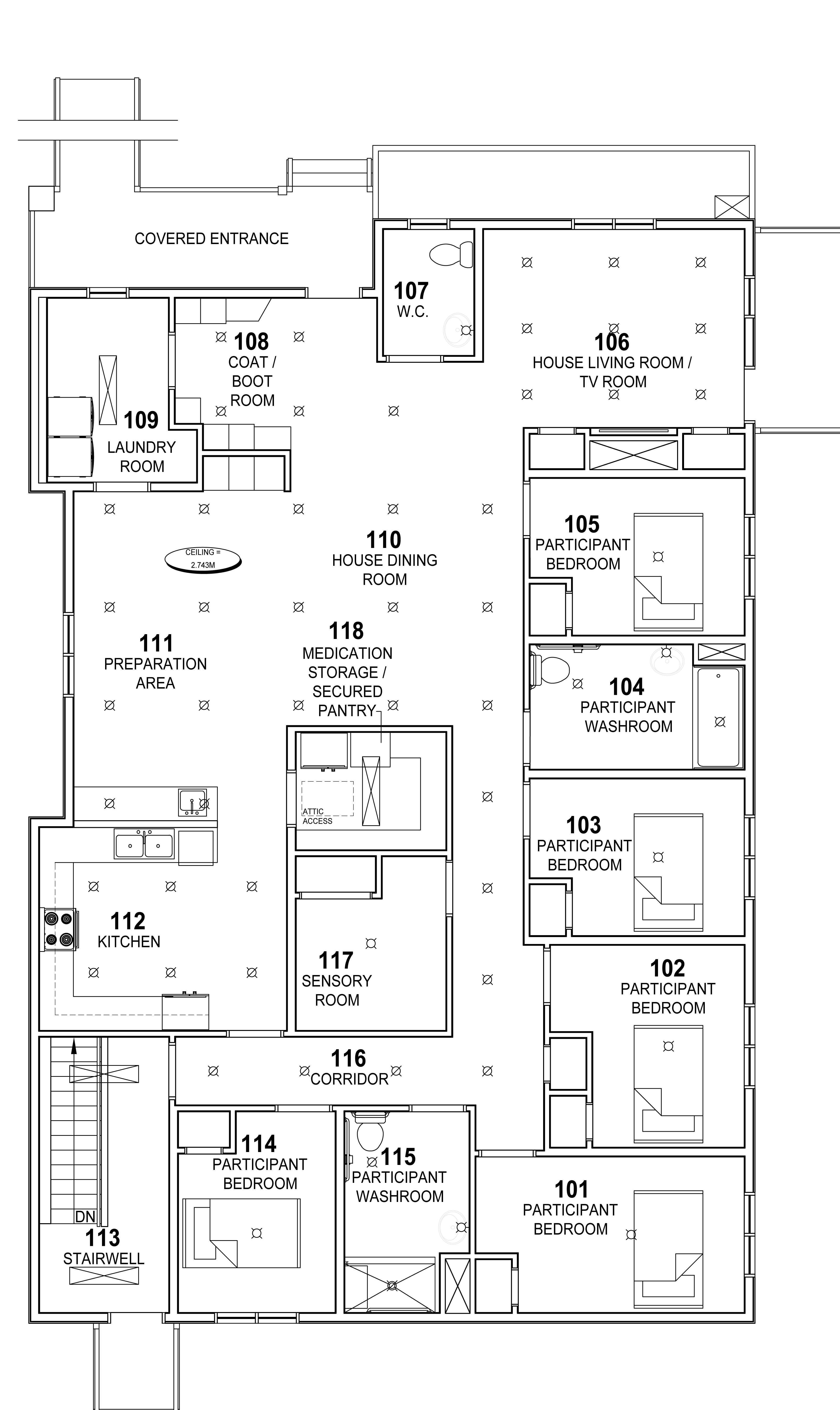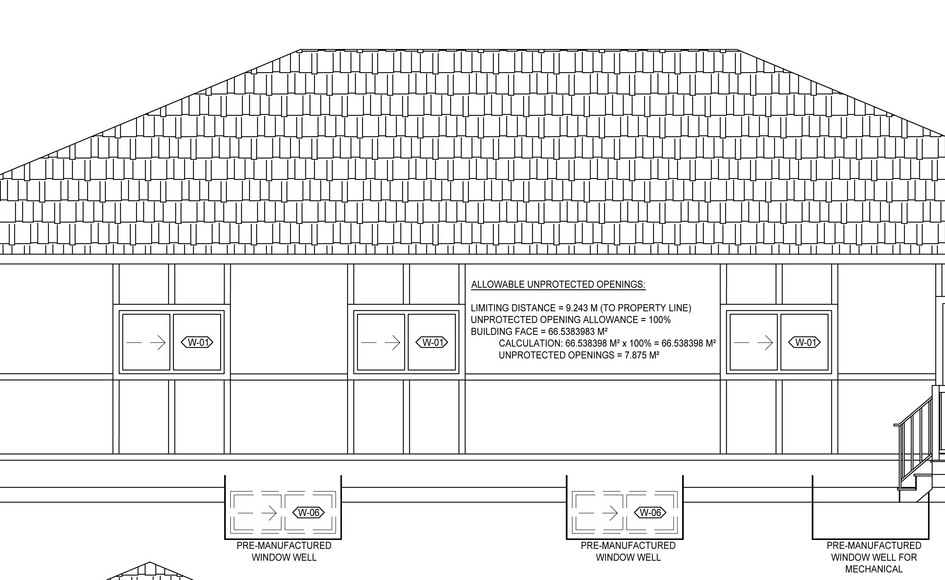Success can be achieved in many ways, and for participants in the residential side of our Programs for Persons with Developmental Disabilities (PDD), it starts at home.
PDD participants are often long-term Ranch Ehrlo residents – some have been here for decades. So, when we’re looking at how to help them best achieve success, moving them to a space that best suits their needs, is a great move forward.
“In our Programs for Persons with Developmental Disabilities, we strive to provide person-centered, strength-based care,” explained vice-president of residential services Pam Dmytriw. “This means looking at each individual and creating programming, or in this case, space, based on what they need specifically, instead of looking at the group as a whole.”
Several of our PDD participants recently moved into different homes to better suit their needs thanks to a combined effort from our residential and property management teams. While change can be unsettling, the transition was made smoother with plenty of pre-moving discussion and preparation, ensuring that each participant felt safe throughout the process and the staff were there to support them.
“I would argue that much of it had to do with our relationship with the individual and him trusting us that we were coming with him,” said PDD unit manager Denim Charette. “We expected a variety of issues with the move, but my team did a fantastic job preparing him for it and getting him to the new place safely. He continues to do well within the new house.”
In continuation of the idea that the design of a home should best suit the needs of a participant, the budget has recently been approved to replace a PDD home that is no longer serving its participants. A brand-new home, to house five participants, will be constructed later this year.

The new building will be a bungalow with all the spaces participants need to access (bedrooms, living room, kitchen, etc.) on one floor. The home will also feature a sensory space and separate pieces of the kitchen for participants to be able to be as involved as possible.
The design of the new build came from a functional assessment of the old spaces, as well as a layout exercise where pieces of the potential new home were moved until the ideal layout – based on client need - was achieved.
“Looking at the plans for the home to replace Jillings, we can really see the ecologically orientated principle playing out. We understand that our participants are individuals with different needs, and for our long-term participants in particular, it makes sense to look specifically at those needs while designing a new space.” explained Trevor Gates, director.
“Both the new build and the moves are a continuation of ensuring the facilities match the needs of the participants. As the needs of our participants increase, we strive to provide spaces to provide for those needs,” said director of property management James Westerman.



